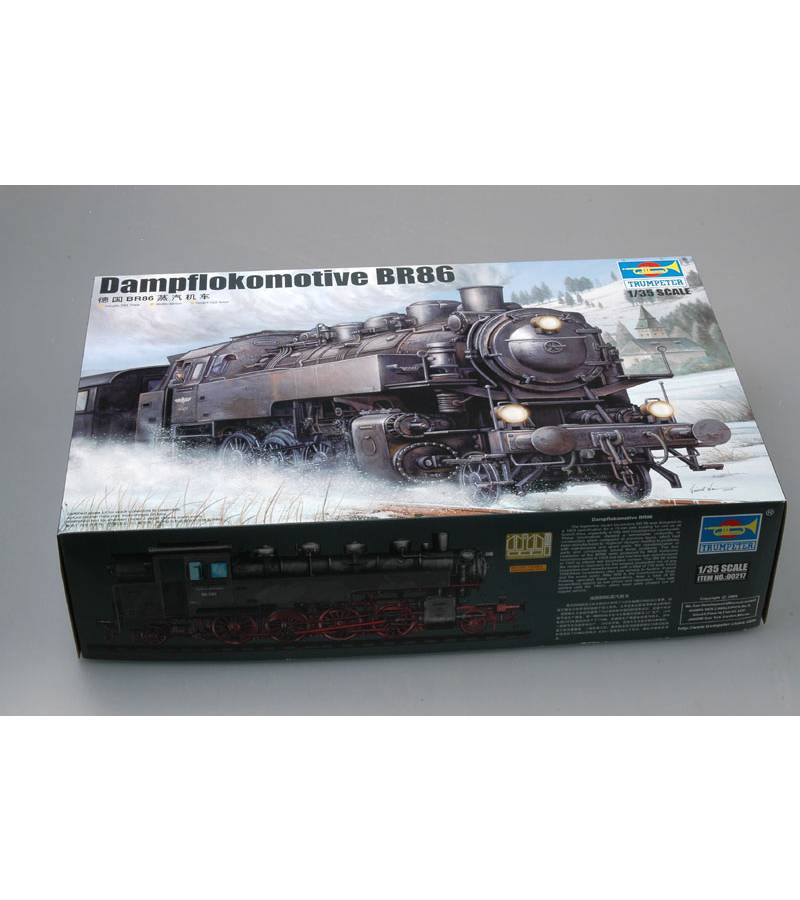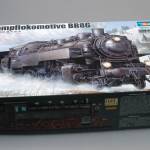This is a Scale Model Kit, Paint and Glue are not included.
BR 86 (another designation: DRB 86) is a series of steam locomotives (steam locomotives) that were produced in the period 1928-1943. Production was carried out by a dozen or so contractors, incl. in companies such as Schichau, Krupp, Borsig and Henschel. During World War II, also in German-occupied Poznań in HCP plants (the Hipolit Cegielski plant). In total, about 780 locomotives of this type were built. The service weight of a single locomotive was 88.5 tons, and its length - 13.82 m. The locomotive in Whyte's notation had a 2-8-2T system.
The BR 86 steam locomotives were designed as the so-called standardized or standard steam locomotives (German: Einheitsdampflokomotive), which meant that despite being manufactured in different plants, they had many common components - especially when it comes to the steam engine. This solution significantly lowered operating costs and reduced the time of potential repairs. The BR 86 steam locomotives were created primarily for cargo transport, which, of course, determined the basic design assumptions. In the period 1942-1943, the design of the locomotive was significantly simplified to speed up the production process. Many of them were taken over and adapted to the needs of West and East German railways after 1945. A certain number of BR 86 steam locomotives were also used by PKP (under the designation TkT3) and Austrian railway lines.






